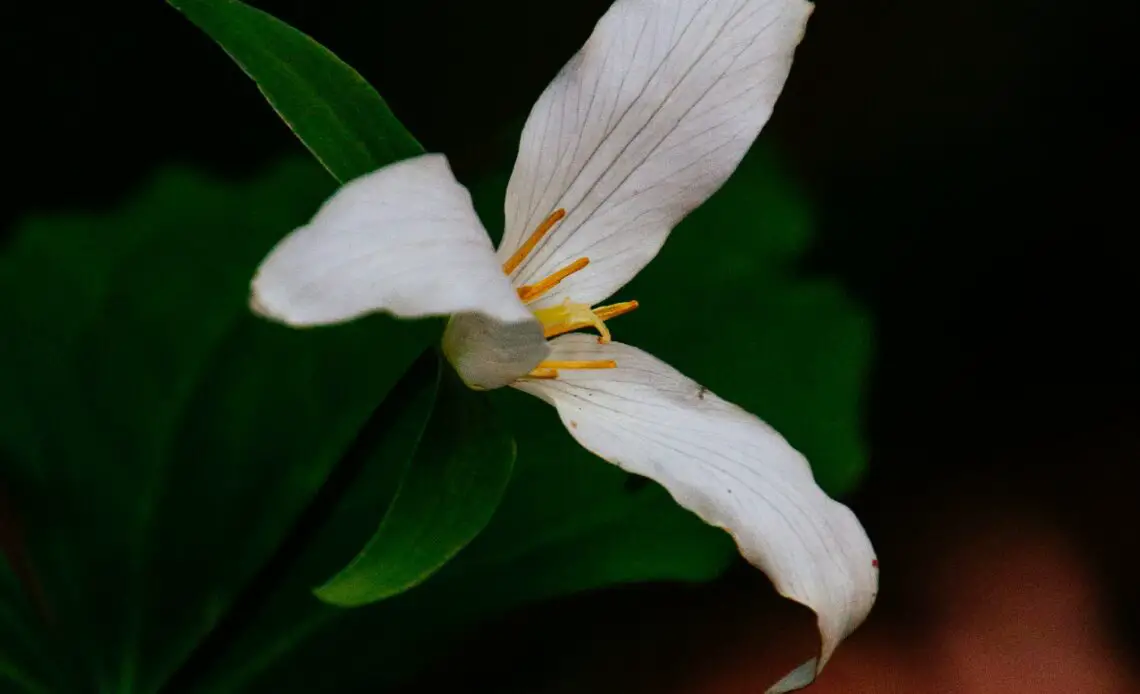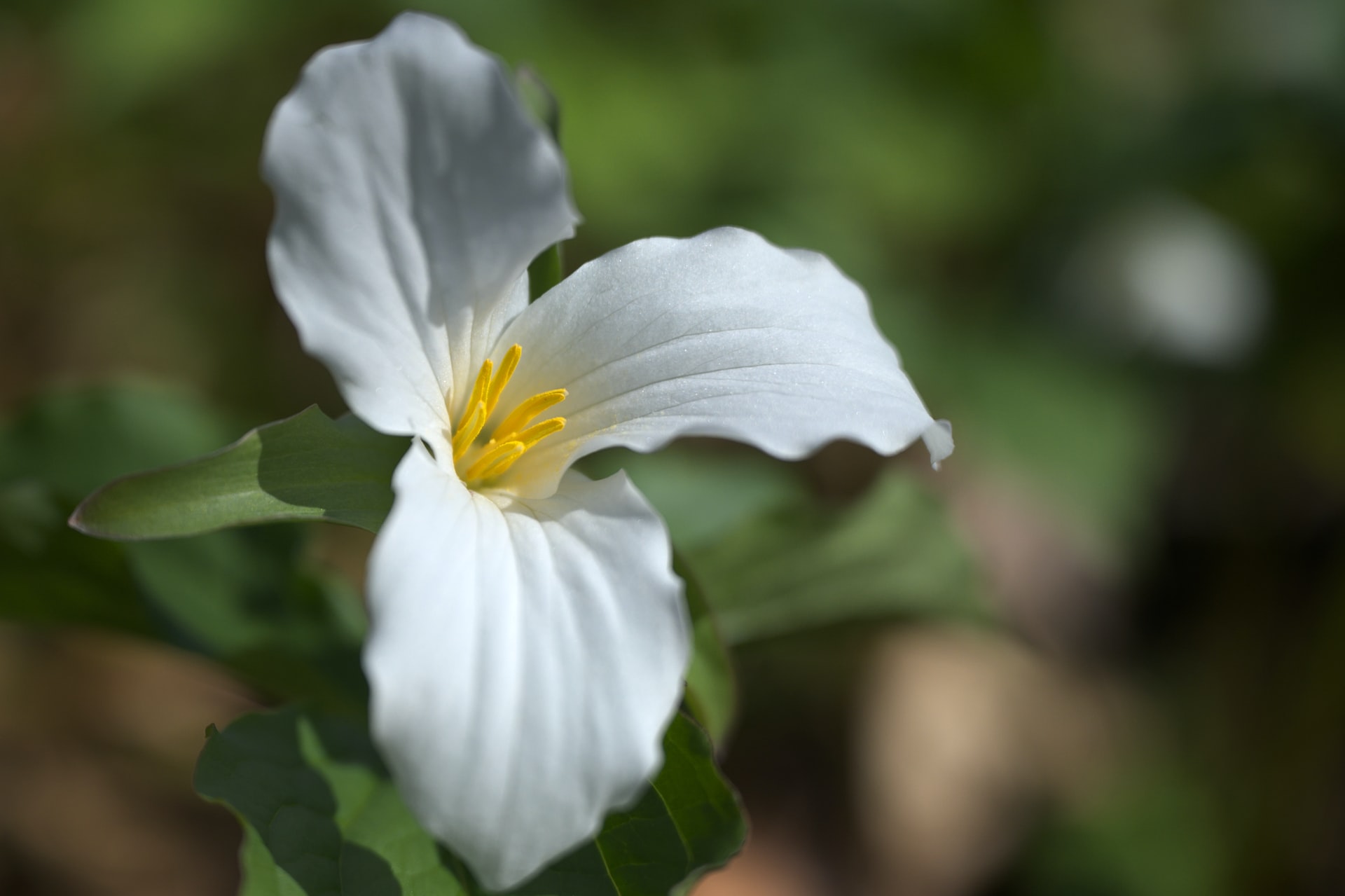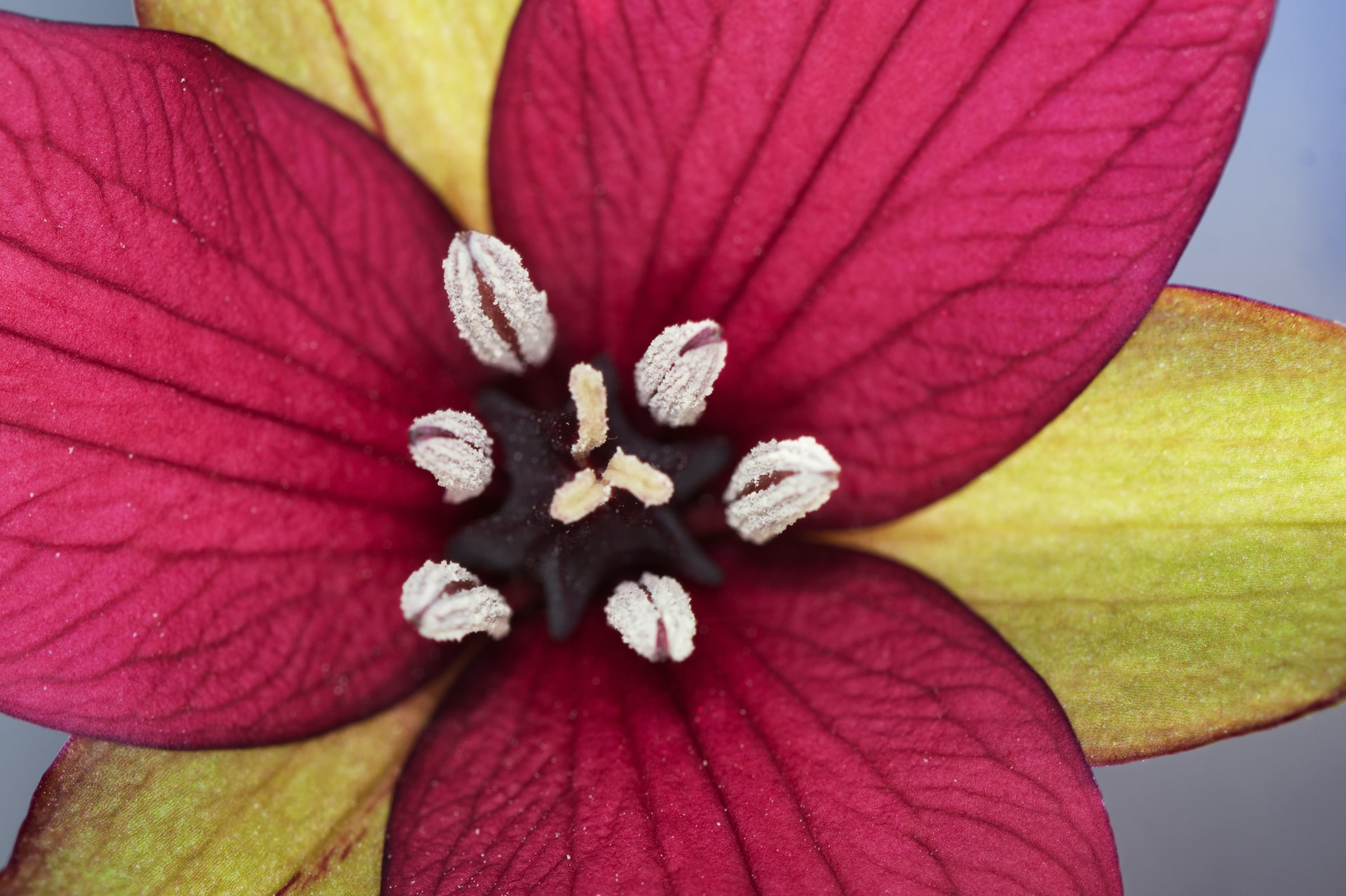
Last updated on May 22nd, 2023 at 11:27 am
A member of the lily family, the scientific name of this three-petaled flower is Trillium grandiflorum. It is formed from the Latin words ‘tri’ which means three and refers to the three parts of the flower, and ‘Lilium’ denotes the large family (Liliaceae) of herbaceous plants. Grand means large, and flora refers to the goddess of flowers. Hence the scientific name means a three-parted large flower belonging to the lily family. This is a perennial, long-lived, herbaceous plant species predominantly found in the woodlands of the eastern part of North America.
They are especially found from the southern regions of Ontario and Quebec, through Maine to the northeastern part of Minnesota, and down to the southern Appalachian mountains. However, this species’ greatest diversity is found in the southern part of the Appalachian mountains. They are also found in temperate areas of Asia.
What does the Trillium flower symbolize?

Trillium flowers are usually associated with religion due to the relationship between the holy trinity and the name trillium. Trillium blooms, sometimes known as birthroot, have traditionally been utilized to aid labor. Trillium flowers symbolize the release of fear, balance, and elegance. They hold cultural significance.
These flowers represent elegance, grace, and purity due to their gentle demeanor and delicate nature. Trilliums are also associated with balance since the blossom is perfectly balanced.
Furthermore, trillium flowers represent change. Some trillium blossoms change color as they age, implying that change is a natural element of existence.
All in all, the trillium flower symbolic meanings are:
- recovery
- beauty
- purity
- elegance
- grace
- purity
- balance
Meaning of the Trillium flower colors
White color

The white trillium flower conveys the meaning of being modest and humble.
Pink color
Pink Trilliums symbolize timeless beauty and glamor.
Purple color
Being enthusiastic and passionate are associated with the appearance of purple trillium.
Yellow color
Trilliums are heralds of Spring; these flowers with yellow petals represent glee or cheerfulness!
Green color
Green trilliums are like floral zealots. They symbolize great energy during bloom time.
Red color

Red trilliums symbolize a mother’s undying love and sacrifice.
Interesting facts about the Trillium flowers
- Removing trillium from the wild is unlawful in various places in the United States. Several species are endangered or protected and should not be taken in the wild.
- Trillium is poisonous to animals, humans, and pets. Consuming this plant causes digestive issues and vomiting.
- Trilliums are also the state wildflower of Ohio. Following World War I, Ontario picked trillium blooms as their official flower. They were instructed to choose which flowers should be placed on the graves of their fallen soldiers. Trilliums were ideal for this function because of their tranquil nature.
- Trillium blossoms have long been utilized for therapeutic purposes. Native People use Trillium blossoms to induce labor and ease the childbirth process. As a result, trillium blossoms are also known as birthroots. Because trillium blossoms are an effective remedy, many midwives still recommend them during labor.
- Native Indians also utilize trillium flowers to prepare a paste for treating ulcers and other skin ailments. Although plucking trillium flowers is now prohibited in many states, indigenous peoples have done it for centuries.
How to grow Trillium flowers
With the proper planting location, these plants are relatively low-maintenance.
- Plant the trilliums rich in organic matter and hold moisture well with neutral to slightly acidic soil pH.
- Choose a spot with partial shade to full shade.
- Maintain slightly moist soil for your trillium plants, but don’t overwater.
- Mix compost into the soil at the time of planting.
How to care for Trillium flowers
- Give the trilliums a little more water than normal during dry spells.
- Add a fresh layer of compost each year in the spring.
- Remove thick leaf litter so seedlings can take hold.
- If you want a tidier look, wait until the leaves die back before cutting the foliage to the ground.
Best time to gift Trillium flowers
Since picking trillium flowers in many locations is illegal, finding one in flower shops for gifting these flowers can prove impossible. But you can, however, gift a framed painting or a picturesque photograph of this delightful flower to your loved ones. This you can do to convey your message of spreading elegance and grace.
Conclusion
Trillium flowers are highly valued and represent a fragile beauty, as certain species are endangered, and overharvesting due to their appeal in traditional medicine contributes significantly to their scarcity.
Remember, if you find trillium on a hike, snap pictures of it, and get a good close-up look at it, but don’t pick it!
If you want to know and learn more about flowers, we at PansyMaiden can help you. Check out our fun, easy-to-read, and informative flower-related content that you will surely enjoy!

